Today’s post comes from Roger LaFontaine, park naturalist, classically trained biologist and amateur lake monster researcher. He has spent nearly two decades researching and documenting the occurrence of mysterious creatures in Ontario.
We think that we know our lakes and rivers well, but, in reality, we have barely scratched the surface. Unknown to us, the real action may be happening beneath the surface.
Ontario is home to some of the deepest and largest lakes in the world, and many campers and local communities tell stories of strange things seen in their waters. Tales are told of large creatures that can cause rough waters and storms.
But what do we really know about lake monsters?
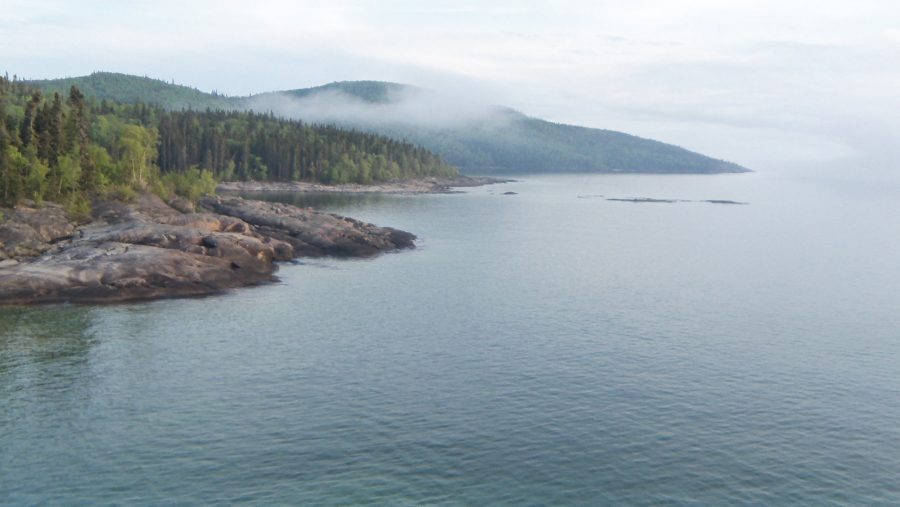
The Great Lakes alone hold 20% of all the freshwater in the world, to say nothing of thousands of inland lakes and rivers. Many of our parks protect the shorelines of these immense lakes, while others are designated waterway class parks.
And we certainly haven’t plumbed the biodiverse depths of all that water…
Sightings and evidence
There is tantalizingly little evidence of lake monsters.
Many cryptozoologists (those who study of hidden and undiscovered animals) consider lake monsters to be some sort of relict Plesiosaur, a large, long necked marine reptile thought to be extinct since the time of the dinosaurs.

Some detailed eyewitness reports from reasonably credible people do exist. Other than that, there are some blurry photos. Lake monsters seen in Ontario have been described as having long, snaky body with green, brown or grayish skin. The body undulates through the surface of the water, and many witnesses have described a creature that is over 15 m long. A very long neck with a head described as horse- or dog-like. Legs have been reported on very few lake monsters, and none have been reported to venture on land.
Because none have been recorded on land, there are no tracks. If there are ever any bodies, they would likely sink to the lake bottom, never to be found by our researchers.
Possible explanation: time capsules in our lakes
The Ontario we know today was not always this way. Even in the recent past, about 10,000 years ago, a shallow salt-water sea covered part of the province. The Ottawa area was under water. In fact, seal and whale bones have been found there, suggesting that ancient marine creatures did make their way towards the capital region.
As the last glaciers melted away about 10,000 years ago, massive quantities of water drained through what would later become the French, Ottawa and Petawawa rivers towards the St. Lawrence River.

At that time, the assemblages of invertebrates and fish were quite different in the Great Lakes than today. As the water flowed, it supplied water and animals to the flooded landscape. When the water levels receded, isolated lakes were created.
Now, in some places, like Algonquin Provincial Park, fish — like the Blackfin Cisco — and crustaceans that are extinct in the Great Lakes still thrive.
Is it possible that other mysterious creatures were deposited in these lakes, awaiting discovery?
Common errors
While there are some credible lake monster sightings, most are dismissed by cryptozoologists. In some cases, a more logical explanation could be a known animal behaving strangely.
For instance, one of my best sightings was on an early morning canoe trip on a large Algonquin lake.
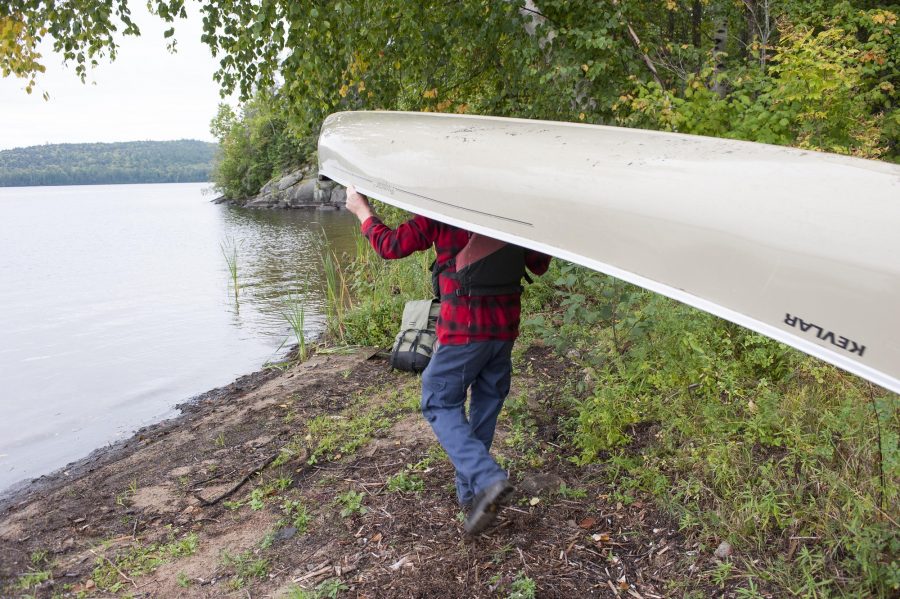
As I rounded the corner and the mist cleared, I could see something moving through the water. The arched and undulating back made no splashes as it slipped under the water. I watched for several moments, getting my camera ready for what was sure to be amazing proof of the existence of a lake monster.
Then, all the sudden, a gurgly snort!
I realized what I saw – it was a group of otters, travelling in a line; the pups following their mother, each one making repeated shallow dives.
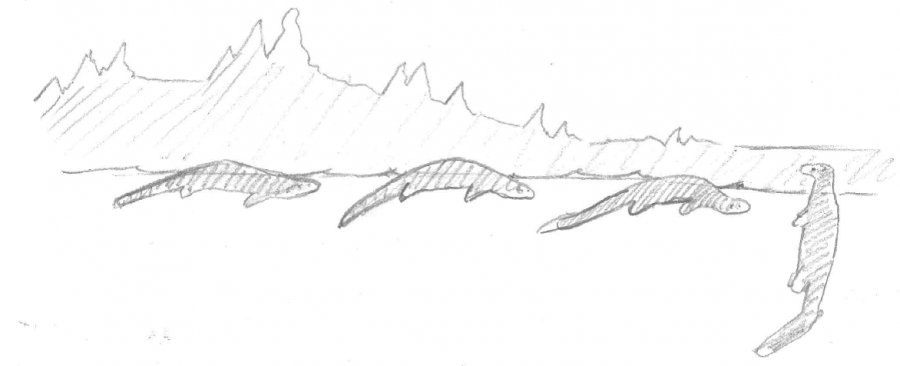
Other animals have been identified as lake monsters too. The enormous and prehistoric-looking Lake Sturgeon, which lives in many of Ontario’s large lakes and rivers. It has gray skin and large bony plates arranged in five rows running lengthwise down the body. It has a large pointed head, with a sucker-like mouth and four long whiskers to find prey.

That almost sounds like a monster to me!
Lake Sturgeon can grow to 2 m in length, and in the past even larger! Even more fascinating, they can live over a century and travel long distances in the lakes to and from spawning areas.
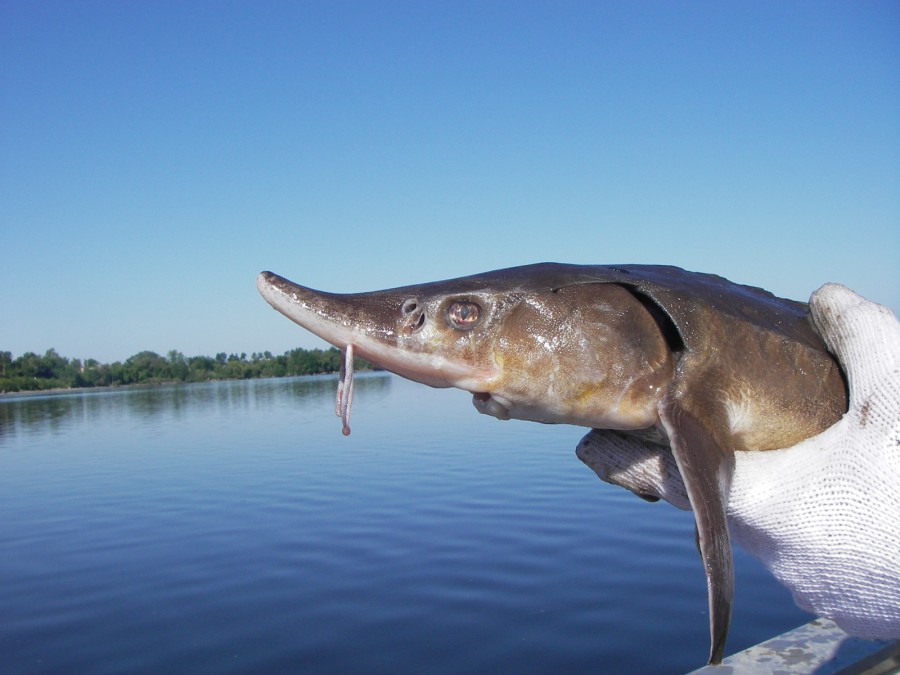
Sadly, the sturgeon was fished to near extinction on the Great Lakes. Overharvesting, pollution and damage the rivers where they spawn has led to a dramatic decline. (Note to self: Might humans be the real lake monster?) Now, after serious conservation efforts some populations are making a modest, yet important rebound.
What do the experts say?
I contacted noted aquatic biologist and Lake Monster skeptic Dr. Benjamin Odenback from the University of Sasajewun for his thoughts on the possibility of leviathans living in our lakes. Here’s what he had to say:
“While there is zero proof, and the few existing eye-witness reports are highly questionable, there is no doubt that Ontario is an area of high aquatic biodiversity. The recent and distant past relating to glacial events has shaped the diversity aquatic life here. Because Ontario is home to so many lakes, great and small and just a small percentage of them have been thoroughly surveyed, the possibility exists that we will discover some surprising creatures in them. Now get off my porch and never come back!”
Help us protect our lake monsters
Whether we prove the presence of lake monsters or not, we should care for our water. Ontario’s lakes and rivers face many threats, not the least of which include invasive species, pollution, and shoreline erosion.
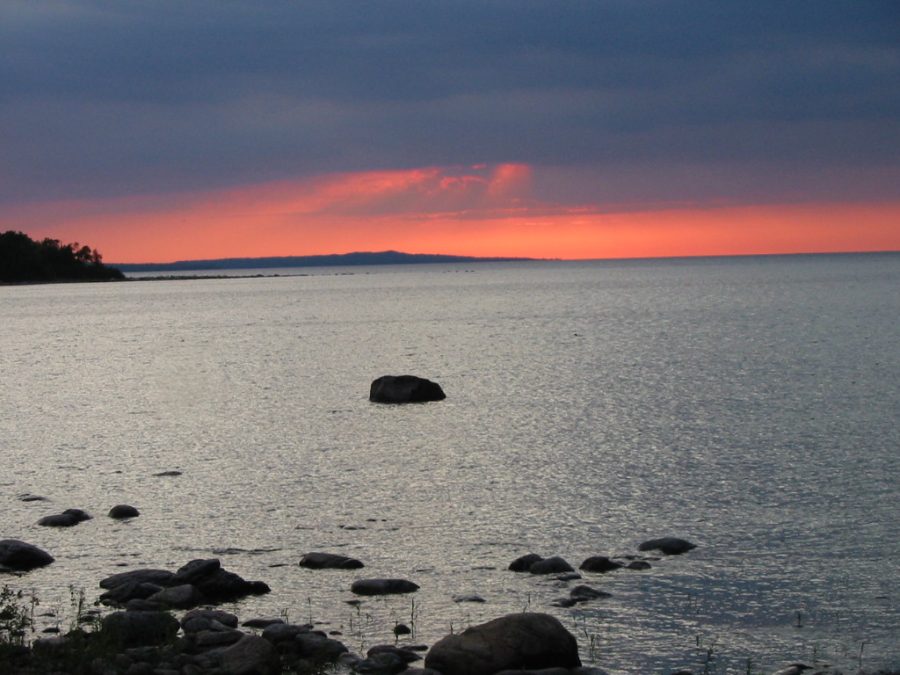
So the next time you visit a park, why not take a moment to help preserve our natural landscapes and wildife, monsters and all.
